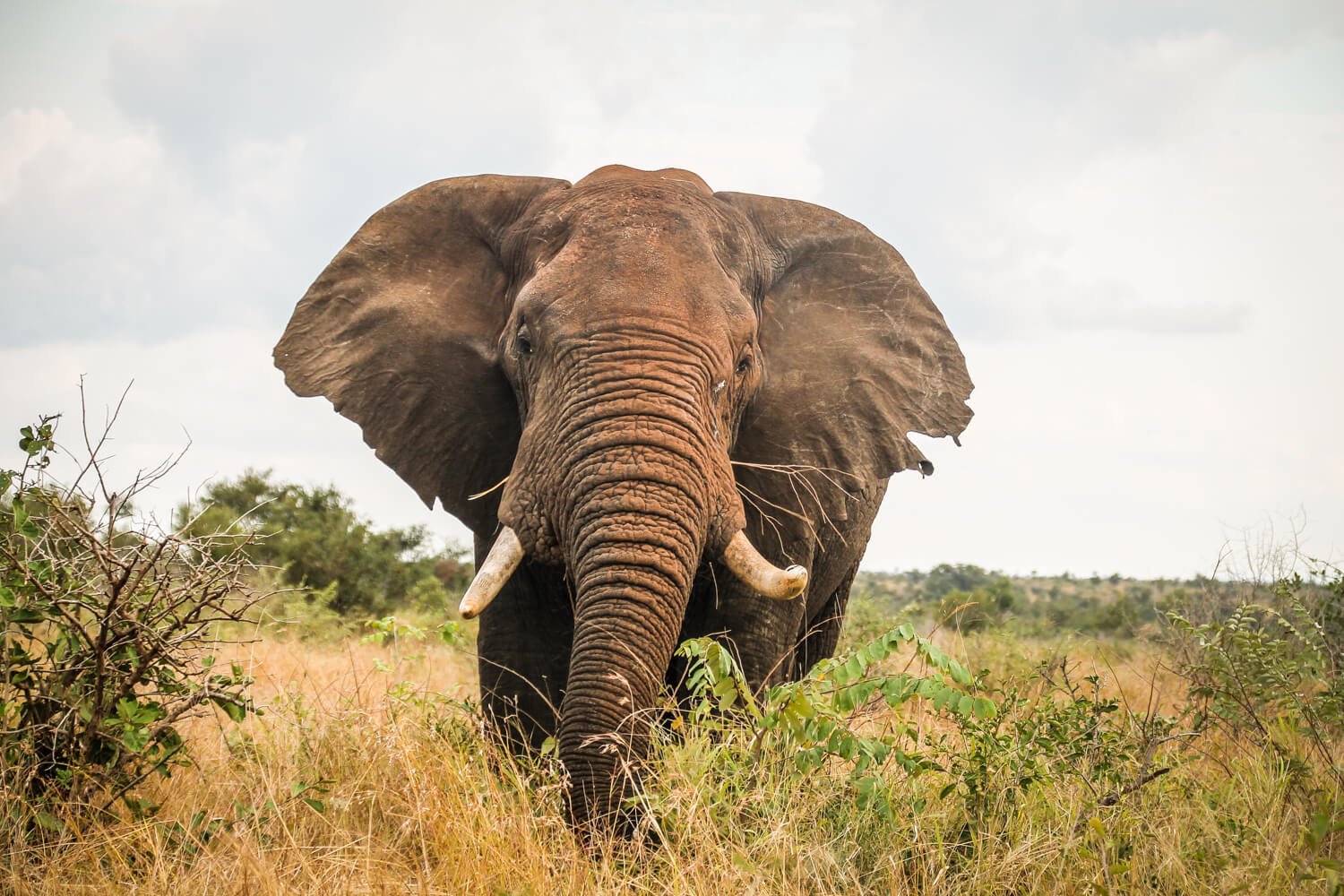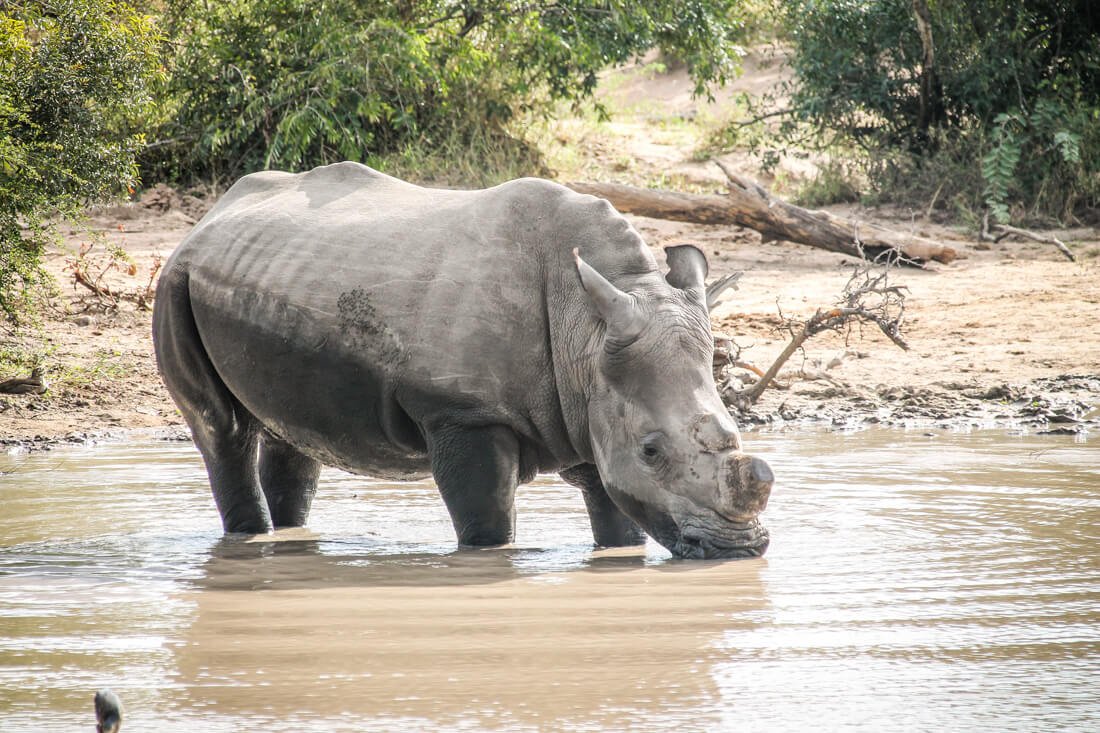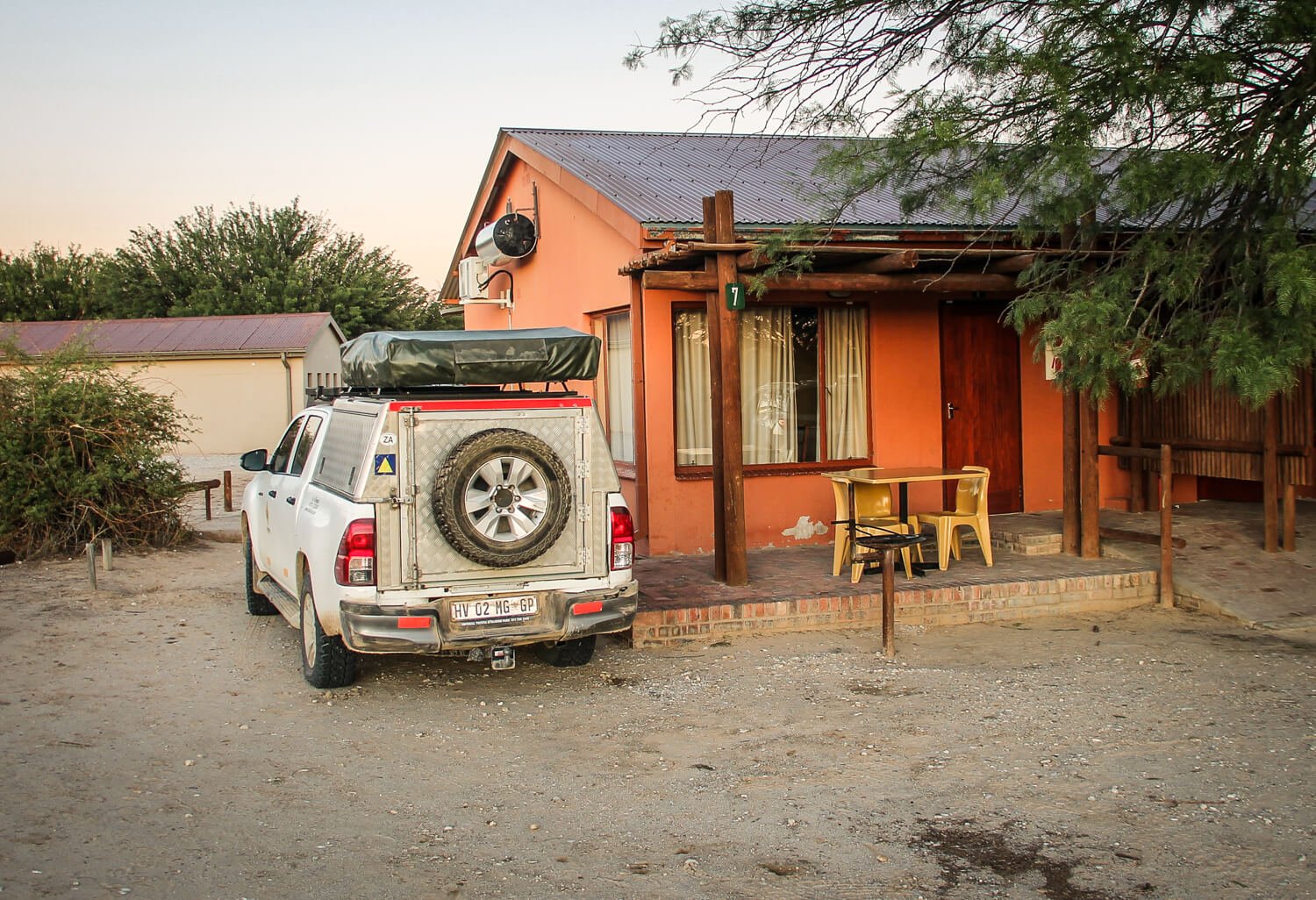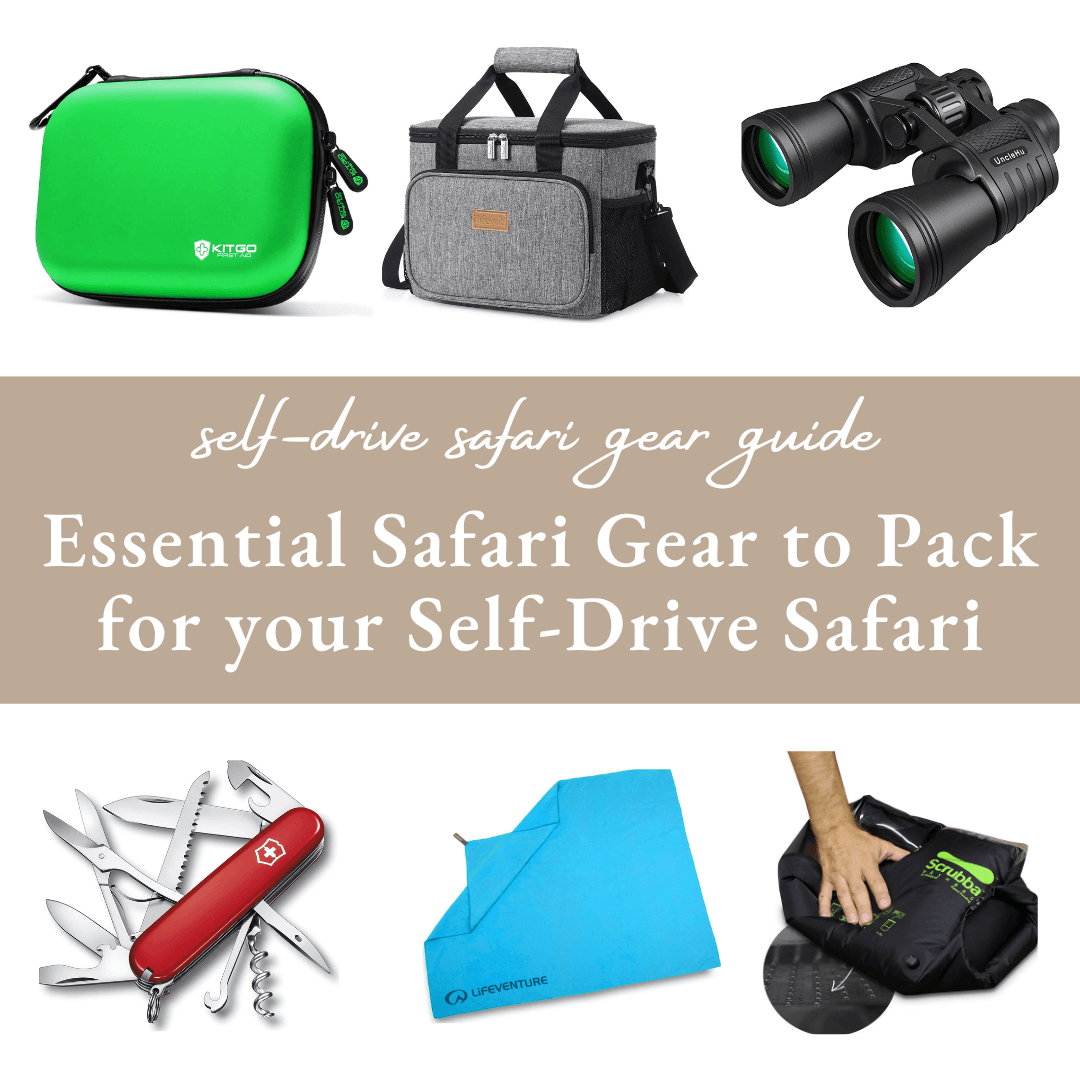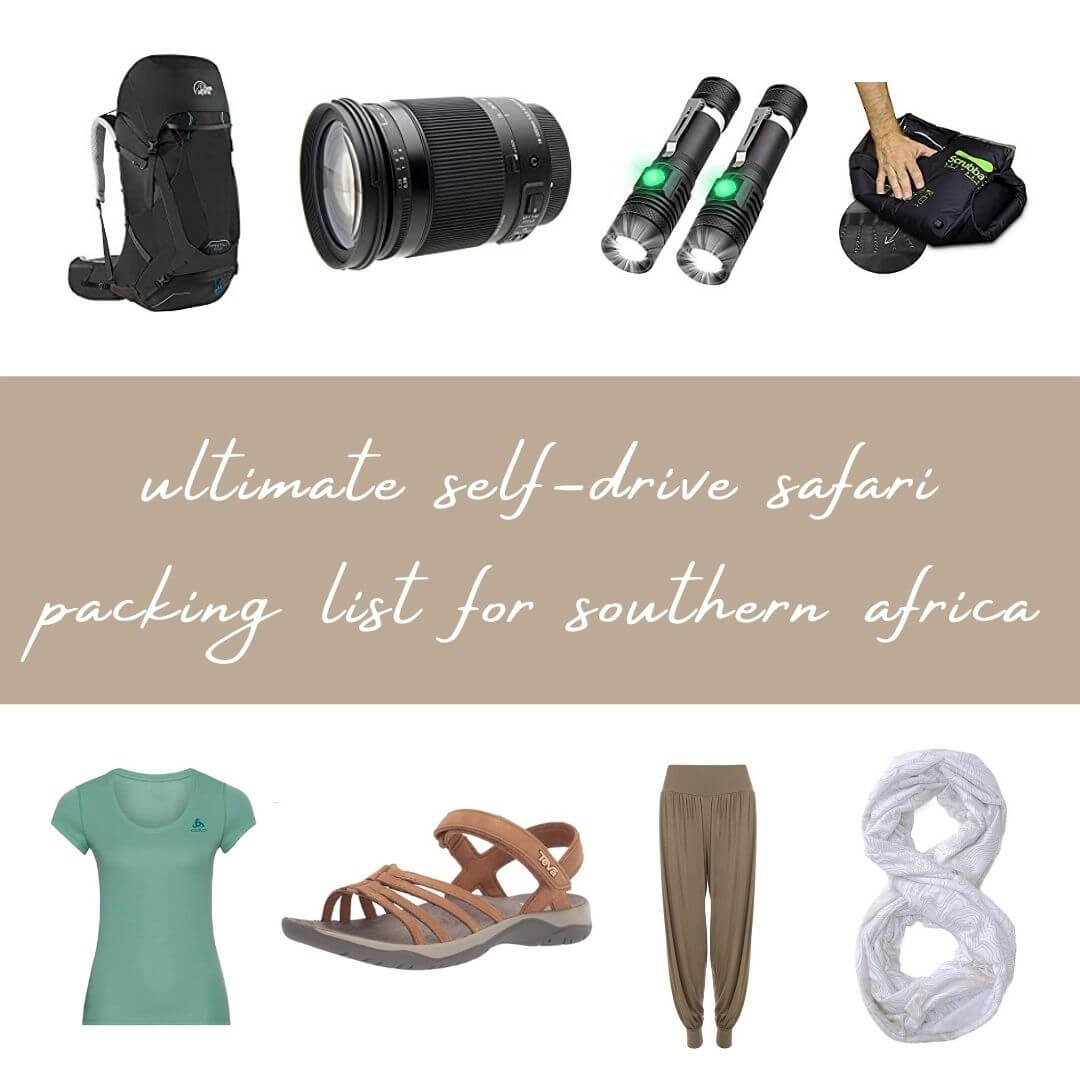5 things you need to know before your first African self-drive safari
Just to let you know… This post (probably) contains affiliate links, including Amazon Associates links, and we may receive a small commission if you click one. This is at no extra cost to you and allows us to keep our blog running.
Taking an African self-drive safari can be an incredible experience, full of wildlife and stunning landscapes. But preparing for your first self-drive safari can also be intimidating. From understanding the rules of the road and preparing for potential dangers to packing properly and finding the best routes, there is much to consider. So before you embark on your self-drive safari adventure, there are a few key things to consider. This includes having the right equipment and supplies, understanding the road rules and navigating the terrain, and planning your route carefully.
Knowing your route, the best places to stop, how to stay safe, and how to get the most out of your experience can help make your self-drive safari successful and memorable. With the right preparation and guidance, your self-drive safari can be one of the most rewarding trips ever. So read on for our top 5 tips about what you need to know before your first self-drive safari.
First-time self-drive safari tip 1: Know your routes and plan for contingencies
One important thing to consider before embarking on your first self-drive safari is the distances and terrain you will travel through. Not just in the National Park itself, but also on your way to it. And our best tips; don't trust Google's time estimates, always add more time to these estimates and don’t assume that just because the road is classified as a tarred road the quality is good. If you, for example, need to take R roads in South Africa, the roads can have countless potholes (we nearly escaped one that could have broken off a wheel on our way from Kgalagadi to Kruger).
Therefore, it is essential to research the route you will be taking. For example, if you are going to Kgalagadi Transfrontier Park, there are no tarred roads inside so you will want to ensure that your vehicle is equipped to handle it. To learn more about picking the right car for your self drive you can read our How to prepare for your first self-drive safari article. Or if you want to camp, read about How to rent a 4x4 with a rooftop tent for your self-drive safari
In addition to understanding the terrain, it is also important to research the route ahead of time. This can help you avoid potential pitfalls or unsafe areas’s on your journey. For example, you may come across a city prone to criminality like Vryburg or with really bad road corrugated roads like from Kuruman (both are on the way from Johannesburg to Kgalagadi). You can plan your travel around these potential issues by researching the route beforehand.
If you don't have a GPS in your vehicle, carrying a map with you is a good idea. While GPS systems are convenient, they can sometimes fail or lose signal in remote areas. A physical map can serve as a backup and help you to stay on track. Next to having a physical map, we always have pictures of our route, especially when we need to be in a city or drive through one.
In addition to carrying a physical map, there are also some alternative apps that you can use to help navigate during your self-drive safari. One we found really helpful is maps.me, which allows you to download maps to your phone or device for offline use. This was especially useful in areas with spotty or non-existent cell coverage. It would even tell us how was off we were from the next waterhole in Kgalagadi.
First-time self-drive safari tip 2: Be more prepared than you think you should be
It is always better to be more prepared than you think you should be when going on your first self-drive safari.
Looking back on our first trip to Kgalagadi we were absolutely not prepared. After several trips to Kruger National Park, with its well-stocked shops, which have a wide range of cookies, crisps, biltong, canned and fresh fruit & vegetables, meat, pasta, bread, toiletries, water, beer and wine, we expected to find something similar in Kgalagadi. Well, we could not have been more wrong and we lived mostly off meat, cookies, chips and canned fruit. Add to this that we were told that fuel was not always available and that the ATMs don’t always have cash or are working, and you can safely say things could have been a whole lot worse than they were.
Since then, we take a lot of care in preparing for our trip. And even when we were prepared, I was really happy when we drove between Sesriem and Walvis Bay in Namibia that that was not our first self-drive safari and we had some idea of what to expect. But even with that experience, up until that point, we had not been anywhere so remote and with such long stretches of not seeing anyone, let alone a place to buy food or get fuel.
Therefore before going make sure you are either prepared for or know what to do as soon as you are in the country when it comes to:
Money: Before you travel always check if your debit cards are activated for the country that you’re going to. If we get the chance, we get some money already at the airport just so we have it. We have had troubles in the past with debit cards not working while they worked the previous time or when the ATM said our type of debit card was not accepted, so we also bring credit cards as these are accepted more than debit cards. Visa and MasterCard are among the most widely recognised. However, the more remote you are, the more cash you will need to pay for gas and other essentials.
Food: We mentioned the well-stocked shops of Kruger above, but when going to Etosha National Park or Kgalagadi Transfrontier Park, the shops are less stocked. Most of them have water, soda, beer, wine, snacks, cookies, ice cream, canned fruit and vegetables and some souvenirs. So be sure to stock up before you enter the park if you're planning to cook your own meals (which is the only way in some of the camps). And in some of the camps in Kgalagadi Transfrontier Park, you need to be completely self-sufficient which includes bringing enough water and firewood. So it is a good idea to stock up in a large city and bring a mix of non-perishable and perishable items and a cooler to keep them fresh. Some good options for non-perishable food include granola bars, nuts, and dried fruit. Perishable items like meat, fruit and dairy can also be packed in the cooler or fridge in your car.
Water: We like to buy several 5-litre bottles just so we’re sure we’re never without. We fill up smaller reusable bottles that fit into the fridge and we have these with us in the car or in the tent. Don’t forget that it can get very warm so you’re losing a lot of fluids by sweating that you need to replenish. Or you can bring a filtering system, as not all parks/camps have fresh/drinking water but we have never relied on just that.
Fuel: Absolutely an essential consideration for a self-drive safari. It is a good idea to keep an eye on your fuel gauge and fill it up whenever you have the opportunity. This is especially important if you drive through remote areas where gas stations may be few and far between. Carrying a small gasoline can with you in emergencies is also a good idea or you can rent a car with a double fuel tank (which is our preference)
In addition to these basic considerations, there are a few other areas where it is important to be well-prepared for your self-drive safari. One of these is communication. Depending on how remote you’ll be, it is a good idea to bring a satellite phone or buy a local sim card.
First-time self-drive safari tip 3: Don't forget to bring your patience
One thing that is essential to bring with you on your self-drive safari is patience. Being ready to face and embrace the challenges that may arise during your journey is important. While the thrill of spotting wildlife in their natural habitats is the main goal of your self-drive safari, this type of travel can also be unpredictable and sometimes difficult.
One of the challenges that you may face (or maybe we should say when you face them) on a self-drive safari is the possibility of breakdowns, flat tires, getting stuck in water/mud/loose sand or other issues with your vehicle. It is important to be patient and not panic if something goes wrong. Instead, take a deep breath and try to assess the situation. If you are on your way to the national park or are at the campsite and you can fix the issue yourself, great! If not, it is important to be patient, stay in your car and wait for help to arrive.
Another challenge you may face on a self-drive safari is unexpected weather conditions. This could be anything from a sudden rainstorm to a heat wave or even a bushfire. It is important to be prepared for these types of situations and to have the necessary supplies and clothing with you.
In addition to being prepared for challenges, it is also important to be patient regarding wildlife viewing. Self-drive safaris often involve a lot of waiting to see wildlife. While wildlife may be abundant, like in Kruger, there is only so much terrain you can cover when following the roads (which you should) and there are so many trees they can hide behind, so you might not see anything for hours. Or have to wait for 2 hours, as we did, when spotting cheetahs before they did anything else than peak over the long grass.
Finally, it is important to be patient when enjoying the sights and sounds of your self-drive safari. This is a unique and special opportunity to immerse yourself in nature and take in all it offers. It is important to drive slowly and savour each moment rather than rushing through the national park.
Can you see all 3 cheetahs? Picture made in Kgalagadi Transfrontier park in South Africa by TravelTaale
First-time self-drive safari tip 4: Safety is important, for you and the animals
Safety is a top priority when it comes to self-drive safaris. Not only is it important to ensure your safety, but it is also important to consider the safety of the animals that you will encounter during your journey. There are a few key things to keep in mind to ensure that your self-drive safari is as safe as possible for everyone involved.
First and foremost, it is important to follow all safety guidelines and regulations that are in place inside national parks. This includes:
You need to stay in your car. Unless you're in an area that has signs that say you are allowed to leave the car like the picnic spots and toilets.
You need to keep to the speed limit. Different limits apply in different national parks and there is a difference between tar and gravel roads as well as inside camps
You can not drive through the park before sunset or after sunrise
You're not allowed to go off-road for better game viewing
You're not allowed to feed the animals. This sounds logical but on our last trip to Kruger National Park, we noticed that hyenas are being fed and are now walking the perimeter of the camp searching for scraps. This can make them more aggressive towards people.
You can not use your drone as it will disturb the animals
Take your litter with you
It is also important to be aware of local laws or customs that may apply to the country you choose to go on safari.
It is also important to be prepared for emergencies. This means carrying a first aid kit and other supplies with you and knowing how to use them. It is also a good idea to have a plan in place for what to do in an emergency. This could include knowing the location of the doctor in the national park as well as the nearest hospital and having a satellite phone or local sim card with you for communication.
Always check if the national park that you want to visit is located in a malaria region. And if it is, be sure to check with your doctor for precautionary measures. We always have Malarone when travelling to a malaria region but this is obviously a personal choice. Bring insect repellent and change into long sleeves when it gets dark and always pay attention when opening and closing the tent and the car door, just to be sure.
When it comes to the safety of the animals, there are a few key things to keep in mind. One of the most important is to give them plenty of space, especially when they want to cross the road. It is never a good idea to approach wild animals or to get too close to them. Instead, observe them safely, turn off your radio if you’re opening the window, don’t climb through your window and use a telephoto lens if you want to take photographs.
First-time self-drive safari tip 5: How to make the most of your self-drive safari
There are a few key things that you can do to make the most of your self-drive safari. One of the most important is to get an early start.
When you're travelling in between the camps try to leave as soon as the gates open as you will have the chance to see lions, cheetahs and leopards still walking around or at the waterholes instead of laying underneath (or in) the trees which they will do when it becomes warmer. We always aim to leave as soon as the gates open, take a quick shower before we pack up the tent and often have some cheese rolls in the car. Then a bit later in the morning, we go to a picnic spot for breakfast.
During the day, you can plan your viewing along the routes with waterholes, lookouts and hides.
Another tip for making the most of your self-drive safari is to pre-pack food. This will save you time and make it easier to eat on the go. We always have a bag with not non-perishable items in the back seat and fill our cooler in the morning with everything that we need until we are able to get out of the car again in one of the camps or on a picnic spot.
On our trip from Kgalagadi to Kruger, we also bought Tupperware and cooked our lunch the day before or cooked dinner for 2 nights (we did almost all of our food shopping in Upington and had ordered meat from a butcher that allowed us to do this). This did not only save a lot of time but for the first time, we felt we were eating healthy most of our trip.
One final tip for making the most of your self-drive safari is to be open to new experiences and embrace the unknown. By keeping an open mind and being willing to take risks, you can make the most of your self-drive safari and create lasting memories.
AND THERE YOU HAVE IT...
..part 1 of 2 of how to prepare for your self-drive safari. We hope you enjoyed it and if you have any questions just leave your comments below. And if you are planning your own self-drive safari let us know below where you are going
The second part of how to prepare for your self-drive safari is all about what to consider and pay attention to while you are on safari. We will cover anything from tires & fuel to putting up your rooftop tent, making sure you have water, food and money and how to plan your days.
If you don't want to miss any of our upcoming posts you can sign up below and you'll get them straight in your inbox.
If you're on Pinterest you can save this post for later.
you’ll also love
FROM THE TRAVEL SHOP
Looking for something?
our recent posts
shop our favourites
FOLLOW US ON INSTAGRAM
@traveltaale
Leave a Reply
and if you enjoyed this blog, found it useful & think it could help others, use the icons below to share on social media and spread the love









